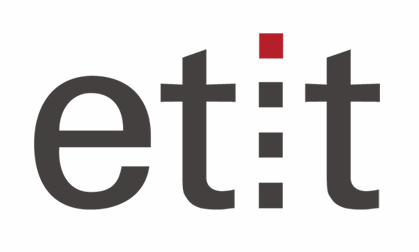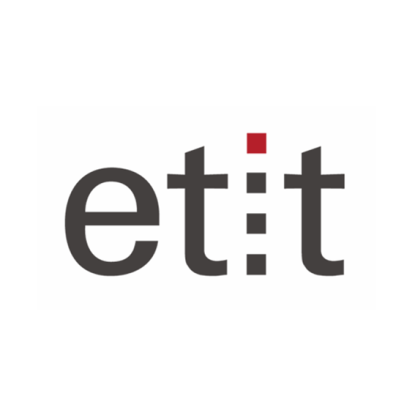Overcoming the space charge limit
Simulations reveal novel technique for increasing the intensities of ion beams in synchrotrons
2024/05/06 by GSI/FAIR, sas
A new comprehensive simulation study by etit professor Oliver Boine-Frankenheim and his colleague Adrian Oeftiger shows the potential of pulsed electron lenses to significantly increase the highest achievable intensity of ion beams in ring accelerators. This novel technique for compensating space charges is being developed at GSI/FAIR, where a prototype is also in preparation. The study, published in Physical Review Letters, paves the way for overcoming the so-called space charge limit in ion synchrotrons.

‘Imagine if a small number of three-metre-long devices could enable a one-kilometre-long particle accelerator ring, such as the FAIR accelerator SIS100, to deliver 50 percent more intense heavy ion beams. Sounds tempting?’ asks Dr Adrian Oeftiger from the GSI/FAIR Accelerator Physics department, who is the first author of the publication. Intensity refers to the number of particles in a beam that can be accelerated in the synchrotron and then collide with a material sample for the experiments. More particles mean more collisions and consequently more scientific data and more findings.
In order to fully utilise the research potential of the GSI and FAIR facilities, they will generate ion beams of a globally unique intensity. The maximum number of ions per accelerated ion packet is limited by the electromagnetic fields generated by the ions, which are referred to as ‘space charge’. The space charge counteracts the focussing by the magnets, which enclose the beam in the vacuum tubes. Maximum ion intensity is achieved at the space charge limit before beam losses occur due to harmful resonances. In order to generate beams of the highest intensity for the GSI/FAIR experiments and at other accelerator facilities, accelerator physicists are developing strategies to mitigate the effects of space charge.
A new and promising approach has been taken with the development of pulsed linear electron lenses at GSI/FAIR. These devices generate an intense electron pulse of several hundred kilowatts and direct it in such a way that the electrons overlap with the ion packets circulating in the accelerator ring. As electrons, unlike positively charged ions, are negatively charged, their electromagnetic fields can be arranged in such a way that they compensate for each other in order to reduce the space charge of the ions. Accordingly, beam losses due to harmful resonances only have an effect at much higher intensities. The key to success is adapting the electron pulses to the pulse length of the passing heavy ion bunches while at the same time avoiding additional resonances caused by the localised space charge field of the electron beam.
‘Our recently published study shows that the space charge limit of the accelerator rings can be greatly increased with just a few such symmetrically arranged electron lenses. In other words, upgrading the GSI/FAIR accelerators with pulsed linear electron lenses could provide the experiments with ion beams that have up to 50 per cent higher beam intensity compared to the basic scenario,’ explains Oeftiger.
Two key factors made the recently published comprehensive simulation study on pulsed electron lenses possible: Firstly, the resonance behaviour of the ion beam must be precisely simulated in order to determine the space charge limit. This requires detailed measurements and knowledge of the parameters of the accelerator magnets under operating conditions, such as those available for each main magnet for the FAIR accelerator SIS100, the only synchrotron in the world. On the other hand, such simulations have to be both fast and very accurate, which could be achieved with a high-performance simulation model developed accordingly using the computing capacities of the GSI/FAIR computer centre Green IT Cube.
Oeftiger is confident: ‘All in all, we have come to the conclusion that pulsed electron lenses represent a new and promising option for upgrading the GSI/FAIR accelerators in order to be able to carry out experiments with even higher beam intensities in the future.’
Article at Physical Review
Always up-to-date with exciting news from the etit campus: Follow us on Instagram!
Recommended external content
We have selected external content from Instagram for you and would like to show it to you right here. To do this, you must reveal it with one click. You can hide the external content at any time with another click.
I agree to external content from X being shown to me. This may result in personal data being transmitted to third-party platforms. You can find more information in our Privacy Policy.



